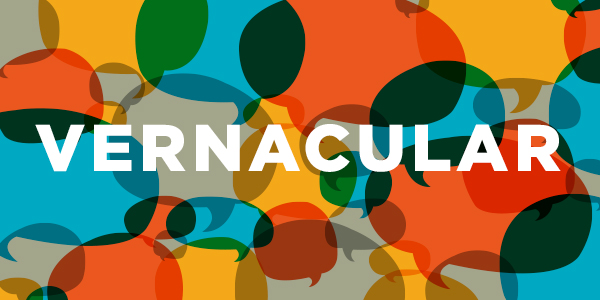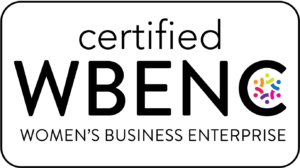
Consumers Speak. We Listen.
Getting a product to market isn’t a quick or inexpensive task — especially in the fields of health care and information technology. In fact, the top U.S. companies in these industries spend between 27% and 46% of their revenue on R&D costs. Yet as our research team has long known, regardless of R&D spend, products don’t become great successes unless they’re developed to meet a consumer need. And uncovering what consumers want isn’t as simple as a quantitative survey. It requires a deep dive into how consumers act, what drives their purchasing decisions and how they talk about their desires.
We’ve learned that listening to consumer vernacular — the exact words people we’re interviewing use to describe their needs and wants — is key to helping companies make smart product development decisions. For example, do consumers want biscuits that are light and tall or fluffy and high? And what defines fluffy? The answer, we discovered, depends on what part of the country they live in.
Speaking to consumers in their own vernacular can mean the difference between a true dialogue and a missed opportunity. Consider how you’d describe your experience if you had a sore back. What are the chances you’d say, “Right now, I’m experiencing an 8 out of 10” to your friends or family? Unlikely, right? Yet many doctors have limited discussions about pain to a numerical scale. Through our work for a leading pharmaceutical company, we discovered that a key to proper pain management is realizing that consumers describe pain by talking about their limitations: “I can’t make it around the block to walk my dog anymore.” “I can’t knit.”
Many companies we encounter have a tendency to develop, name and market products based on the knowledge and mindset of internal product development teams. While this is their area of expertise, we find that pulling consumers into the discussion can make a remarkable difference. Take a simple example we encountered recently involving a service that would bring patients to their doctor appointments. While we and our client continued to ask consumers how to describe the transportation service, several stated their need bluntly back to us: “Transportation is too fancy a word; I need a ride.” So the importance of consumer vernacular doesn’t stop at R&D; incorporating it into marketing communications and using consumer lingo in product names and descriptions is also key to their success.
Business problem: A leading beauty product manufacturer developed and released several new anti-aging products but found that their consumers were just not interested.
What they did: They sent us across the globe to uncover women’s desires for anti-aging products. We paid close attention to exactly how women described what they wanted. Then we used their words to develop new product concepts.
The result: In a following phase of research conducted by the beauty manufacturer, more than 50 new anti-aging product concepts were presented to consumers for feedback. Nine of the top 10 were Fusion Hill’s work. Why? Because consumer vernacular played a key role in how we described the concepts — and consumers took note.
October 8, 2015 | Creative, Research





